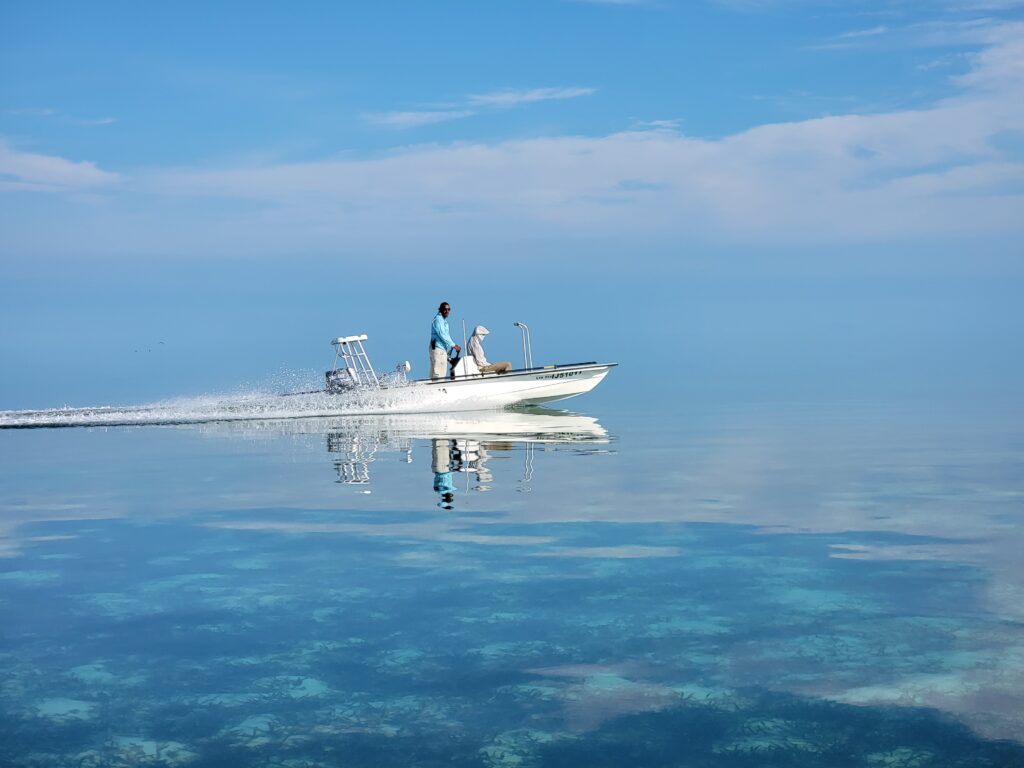Within the fine line of conservation efforts and ecotourism, certain global destinations have emerged as paradigms of sustainable practices. In the realm of sport fishing, Cuba, Ascension Bay in Mexico, and Christmas Island beckon anglers with promises of unparalleled experiences. This blog embarks on a comprehensive journey, delving into the conservation initiatives and the thriving ecotourism of fishing in these distinct and biodiverse locales.
Cuba: A Time-Tested Haven for Marine Conservation
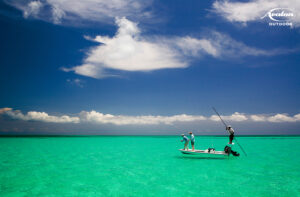
Cuba stands as a beacon of marine conservation with its long-standing commitment to safeguarding its aquatic treasures. At the heart of this endeavor lies the Jardines de la Reina, a marine reserve that has held the mantle of conservation for nearly three decades. Designated as a marine park in 1996, the Jardines de la Reina sprawls across approximately 2,170 square kilometers (838 square miles). Its vast expanse encompasses mangrove islands, seagrass beds, and thriving coral reefs.
Stringent conservation measures fortify Cuba’s marine parks, including the Jardines de la Reina. No-take zones and strict regulations on fishing activities ensure the preservation of delicate ecosystems and the sustainable coexistence of marine species. The marine park boasts an incredible array of marine life, from diverse fish species to sharks and rays, all thriving amidst vibrant coral reefs. The preservation of this biodiversity is integral to the park’s ethos, securing the balance of these underwater ecosystems.
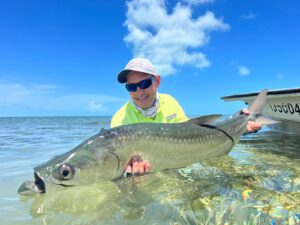
Sustainable tourism practices, such as catch-and-release policies for game fish like tarpon and bonefish, showcase Cuba’s commitment to responsible angling. These practices allow visitors to enjoy the thrill of sport fishing while contributing to the longevity of fish populations. Local communities actively participate in the success of Cuba’s marine conservation initiatives. The collaboration between government bodies, scientific organizations, conservation groups, and residents exemplifies a holistic approach to preserving both the environment and the livelihoods tied to it.
Cuba’s proactive stance in adapting conservation strategies to address evolving environmental challenges positions it as a dynamic leader in marine preservation. The international acclaim garnered by Cuba’s achievements in marine conservation, particularly within the Jardines de la Reina, solidifies its position as a guiding light for similar initiatives across the Caribbean.
Ascension Bay, Mexico: Tropical Haven for Anglers and Conservationists
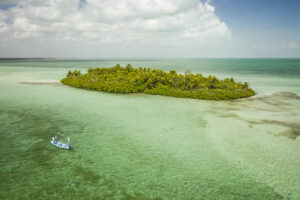
Ascension Bay, situated on Mexico’s Yucatan Peninsula, unfolds as a tropical paradise where conservation and angling seamlessly coalesce. Renowned for its crystal-clear waters, Ascension Bay is a thriving ecosystem teeming with marine life. Its coral reefs and mangroves create a picturesque backdrop for anglers seeking the perfect catch.
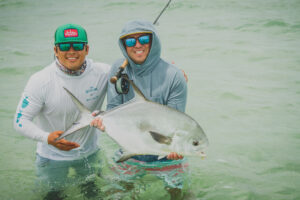
Collaborative efforts between local communities, environmental organizations, and the fishing industry have yielded sustainable fishing practices. Ascension Bay has implemented conservation measures to protect its vibrant coral reefs and mangrove ecosystems, ensuring the continued health of its aquatic environments. Anglers visiting Ascension Bay can enjoy catch-and-release programs, a testament to the region’s commitment to preserving fish populations. This sustainable approach allows enthusiasts to revel in the thrill of the sport while contributing to the conservation of marine life.
Sustainable tourism practices have not only preserved Ascension Bay’s natural wonders but also facilitated economic development. Responsible tourism, centered around eco-conscious angling, provides local communities with opportunities for growth while maintaining ecological integrity.
Christmas Island: Pacific Oasis of Pristine Reefs
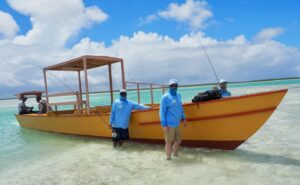
Nestled in the central Pacific Ocean, Christmas Island, also known as Kiritimati, emerges as a remote gem celebrated for its untouched coral reefs and commitment to responsible angling. The Christmas Island Fish Habitat Protection Area (FHPA) stands as a testament to the island’s dedication to preserving its marine ecosystems. This protected area shields Christmas Island’s unique underwater wonders from external threats, ensuring the longevity of its biodiversity.
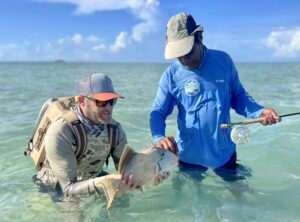
Conservation initiatives on Christmas Island prioritize responsible tourism, with a focus on sustainable fishing practices. Anglers practice catch-and-release to maintain the delicate balance of marine biodiversity, allowing the island’s ecosystems to thrive undisturbed. The island’s geographical isolation acts as a natural shield, safeguarding its pristine ecosystems from external pressures. Christmas Island’s commitment to conservation is intertwined with the recognition of the value of its isolation in preserving the ecological balance.
Christmas Island has gained global recognition for its sustainable practices in responsible angling and marine conservation. The island’s commitment to balancing tourism with environmental stewardship serves as a model for other destinations seeking a harmonious relationship between ecotourism and conservation.
In the triad of Cuba, Ascension Bay, and Christmas Island, we witness the harmonious coexistence of marine conservation and ecotourism, particularly in the realm of sport fishing. These destinations, each unique in its own right, showcase the potential for responsible tourism to thrive alongside the preservation of precious ecosystems. As anglers continue to seek these paradises, the imperative to safeguard their natural wonders becomes increasingly clear, ensuring a legacy of pristine oceans for generations to come.


